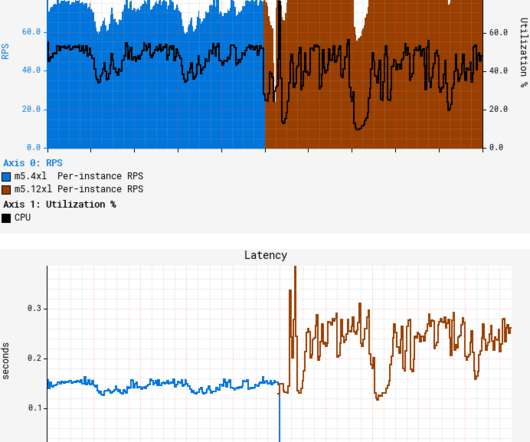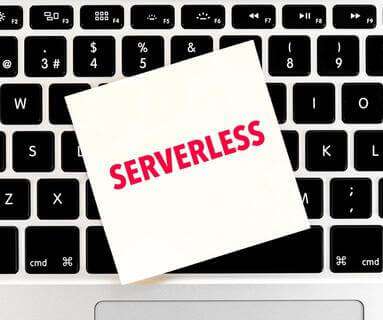What is ITOps? Why IT operations is more crucial than ever in a multicloud world
Dynatrace
DECEMBER 15, 2022
As more organizations adopt cloud-native technologies, traditional approaches to IT operations have been evolving. Complex cloud computing environments are increasingly replacing traditional data centers. The importance of ITOps cannot be overstated, especially as organizations adopt more cloud-native technologies.



































Let's personalize your content